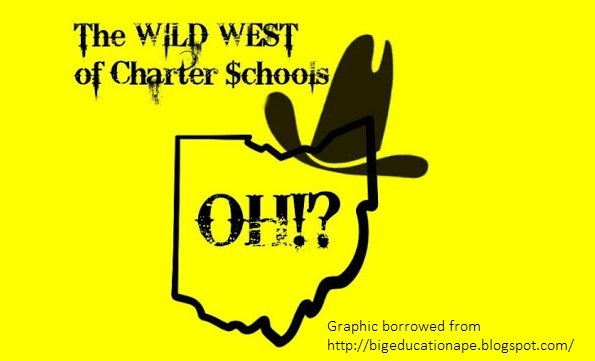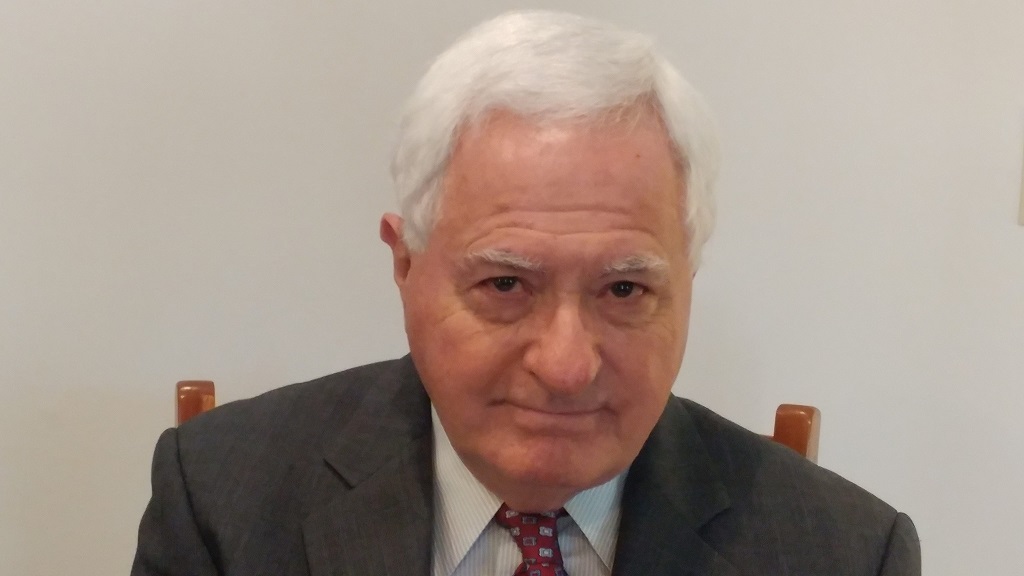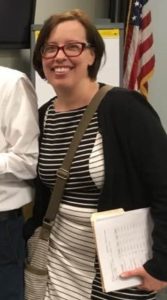
Those knowledgeable about the history of charters hate to deflate the hubris of Mr. Richmond, who went on to extol what he views as positive changes since the passage of House Bill 2 in 2015 and the seeming disappearance of an unfettered environment for these privately operated but publicly funded schools.
As a way to bolster his claims of dramatic improvement, he makes this statement: “The bill’s efforts to increase transparency, eliminate conflicts of interest and strengthen charter school governing boards have drawn deserved praise.” Really?
Unlike another of his claims, the sun has not set on the Wild, Wild West because charters continue to abuse the public trust. Consider these examples, which Mr. Richmond may not be able to see very clearly from his offices in the Windy City.
– Many charters make exorbitant rent payments to companies owned by their management companies. A July 2018 Dispatch investigation revealed that state tax funds helped to pay $7.7 million in renovations for a building owned by a subsidiary of the school’s management that was valued at only $2.2 million. Inflated rent payments help companies to quickly retire the debt on their holdings, allowing the conversion of public funds to private assets.
– Even after the spectacular failure of the behemoth ECOT online charter, some digital academies seem to be of questionable value. As an example, the national K12 chain which operates Ohio Virtual Academy was sued by the California attorney general for “deceptive advertising to mislead parents about students’ academic progress, parent satisfaction … the individualized and flexible nature of their instruction, hidden costs, and the quality of the materials provided to students.” Unlike California, it is unclear whether any state agency has conducted a thorough investigation of the practices of Ohio online schools other than ECOT, which mostly focused on fraudulent student attendance data that garnered the school tens of millions of undeserved state payments. Moreover, the National Collegiate Athletic Association examined the K12 chain as it operates in nine states, including Ohio, and found the academic program and progress toward graduation to be of concern.
– In spite of the supposed reforms to improve charter school governing boards, an investigation of one national charter school chain by the Akron Beacon Journal showed that some of their governing board members aren’t even American citizens. Unlike traditional public school districts, where board members must be “qualified voters” and thus U.S. citizens, there is no such requirement for charter board members, who are mostly hand-picked by the management companies or who may be friends of the school director. It does not take too much imagination to see that such a process of populating governing boards with individuals who may be beholden to those who appointed them rather than the public who might have elected them is fraught with the potential for conflict-of-interest situations.
– Numerous studies have shown that charter schools, which operate with about 150 exemptions from state law that otherwise apply to public schools, spend excessively on administration rather than instruction. This means that charter leaders, who aren’t required under state law to hold any minimum educational qualifications nor professional licensure of any kind, are rewarded at a higher percentage of the charter school dollar than licensed school administrators in comparable situations. How interesting that privately managed charter schools mimic the behavior and mindset of the corporate world, where CEOs are rewarded handsomely, while the workers see their wages and benefits squeezed. It is this situation that encourages the public to think of these privatized entities with few constraints as corporate schools.
But these observations only represent a short list of serious concerns about Ohio charter schools. For those who closely monitor them, as I have for nearly 20 years, the Wild, Wild West also known as charterworld is still untamed, despite Richmond’s rosy report that the industry is vastly improved since 2015.
The rubble of 292 closed Ohio charter schools is testament to the fact that a Matt Dillon or a Wyatt Earp-type may be needed to police what one authorizer told me, in an unguarded moment ten years ago, was what he called “The Dark Side.”
Wild, Wild West? Dark Side? Pick your favorite. In the meantime, let’s allow the sheriff in the form of state agencies to maintain better order and let sunshine better illuminate the workings of that dark place called charterworld.
~Denis Smith, retired public school administrator and former consultant in the Ohio Department of Education Office of Charter Schools 

